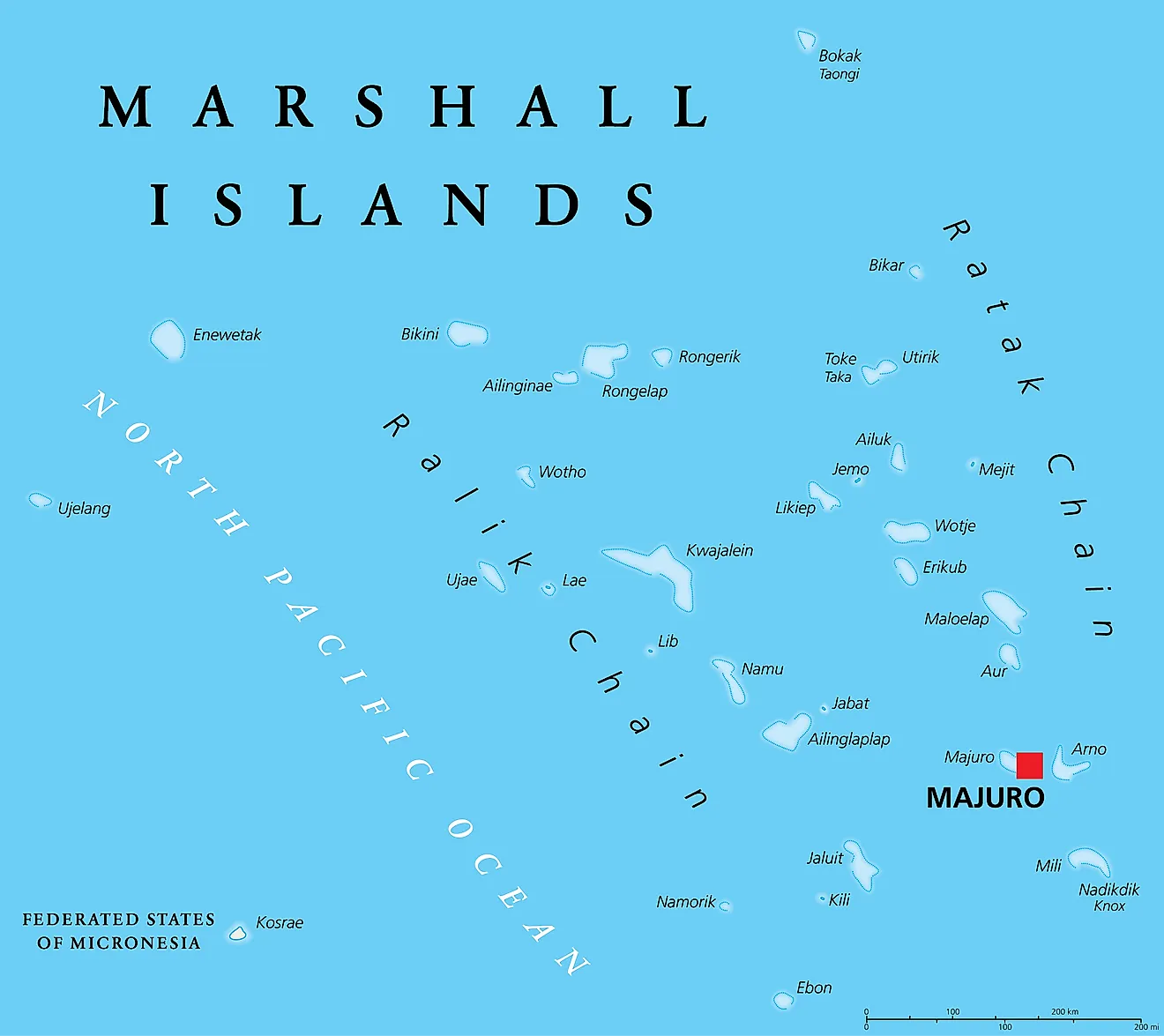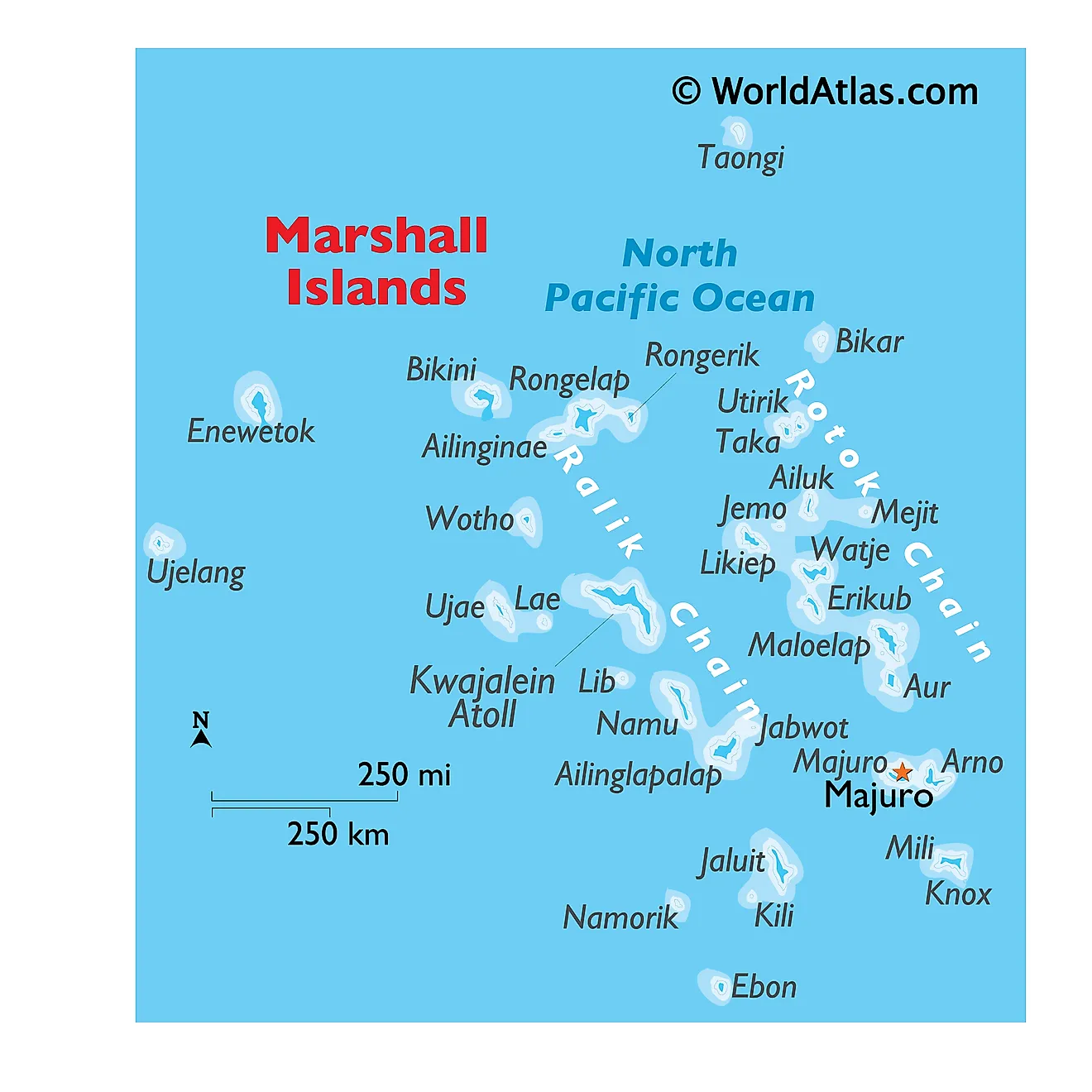Marshall Islands - A Pacific Gem
Have you ever considered a place that feels like a secret kept by the ocean itself? There's this island country, a truly special spot, that sits quite far out in the vast Pacific. It's known officially as the Republic of the Marshall Islands, and it's a place that holds a lot of stories, you know, and a quiet sort of beauty that's just waiting to be discovered.
This particular island country is located on the west side of the International Date Line and just a little bit north of the equator. It's a key part of the Micronesia area, a collection of islands in the middle of the Pacific Ocean. So, it's almost like a stepping stone between bigger landmasses, but with its own distinct identity.
It's a sovereign nation, which means it runs its own affairs, but it also has a close connection with the United States. This arrangement, you see, gives it a rather unique standing on the global stage. It's a place that, in a way, shows how different histories can come together.
Table of Contents
- What Makes the Marshall Islands Special?
- Where Does the Marshall Islands Sit on the Map?
- How Many Islands Make Up the Marshall Islands?
- What is the Marshall Islands' Political Standing?
- What Surprising Facts About the Marshall Islands Should We Know?
- Who Calls the Marshall Islands Home?
- A Look at the Marshall Islands' Capital
- Getting a Feel for the Marshall Islands
What Makes the Marshall Islands Special?
Well, to start, the Marshall Islands is a country made up of islands, and that's pretty cool in itself, right? It's situated in the very center of the Pacific Ocean, a place that feels a million miles away from the hustle and bustle of everyday life. Basically, it's one of those spots that really captures the imagination with its far-flung location.
It's home to some of the islands that are furthest to the east within the Micronesia grouping. This means it gets to see the sun rise on a new day before many other places, giving it a certain kind of peaceful start to each morning. In fact, it's a place where time seems to slow down a little bit, allowing you to really soak in the surroundings.
The official name, the Republic of the Marshall Islands, gives it a formal title, but the feeling you get there is anything but stuffy. It's a relaxed atmosphere, a place where the ocean sets the pace, and where people live in tune with their surroundings. So, it's a mix of official identity and a very laid-back way of life.
Where Does the Marshall Islands Sit on the Map?
If you were to get out a map and point to the Marshall Islands, you'd find it generally located in the middle of the Pacific Ocean. It's positioned roughly between the big landmasses of Hawai'i and the Philippines, making it a sort of halfway point in that vast expanse of water. Actually, it's a significant marker in that part of the world.
More precisely, it's north of the equator, which means it enjoys a warm, tropical climate year-round. And, as we mentioned, it's west of the International Date Line, so it's one of the first places to greet a new day. You know, that's a pretty interesting geographical detail to consider.
It's also situated north of other island nations like Nauru and Kiribati, and to the east of the Federated States of Micronesia. This positioning places it within a particular neighborhood of island countries, each with its own unique characteristics. So, it's part of a larger family of Pacific islands, in a way.
How Many Islands Make Up the Marshall Islands?
The Marshall Islands is composed of a truly impressive number of land bits. It's not just one big island, but rather a collection of more than 1,200 individual pieces of land. That's a lot of little spots to explore, isn't it? It gives you a sense of just how spread out this country really is.
To be more specific, the nation is made up of 29 coral atolls. An atoll, you see, is a ring-shaped coral reef, island, or series of islets. These atolls, in turn, hold within them 1,156 separate islands and islets. So, it's a complex arrangement of land and water, basically a natural wonder.
When you count up all the islands and islets, along with 5 individual islands that aren't part of the atoll structures, the total comes to about 1,225 islands. And that's not all; there are also about 870 reef systems scattered across a huge area of 750,000 square miles of the central Pacific. That, you know, is a truly immense stretch of ocean and land.
What is the Marshall Islands' Political Standing?
The Marshall Islands holds a very specific position on the global stage. It is a sovereign Micronesian island country, meaning it has the right to govern itself and make its own decisions without outside interference. That's a pretty important aspect of any nation, isn't it?
However, it also maintains a special relationship with the United States. It's an associated state of the United States, which means there are certain agreements and understandings between the two nations. This partnership allows for a unique kind of support and cooperation. So, it's a country that balances its independence with a strong historical tie.
This status shapes many aspects of life for the people who call the Marshall Islands home, from how they interact with other countries to certain services and protections they might receive. It's a setup that, in some respects, offers both freedom and a sense of shared responsibility. It's a fascinating example of international relations, actually.
What Surprising Facts About the Marshall Islands Should We Know?
When you look into the history and nature of the Marshall Islands, you find some really interesting things that might just catch you off guard. One of the more significant, and perhaps somber, aspects of its past is that it hosted dozens of nuclear weapons tests. This period left a lasting mark on certain parts of the islands and its people. It's a powerful reminder of history, in a way.
On a more positive and forward-looking note, the Marshall Islands is also home to something truly amazing: the world's largest shark sanctuary. This initiative helps protect these important ocean creatures, giving them a safe place to live and thrive. It's a remarkable effort to preserve marine life, you know, and shows a deep commitment to the environment.
These two facts, one from a challenging past and one a hopeful present, show the depth and complexity of the Marshall Islands. They highlight different facets of its story, from the impact of global events to its own efforts to protect its natural resources. So, it's a country with a very varied story to tell, isn't it?
Who Calls the Marshall Islands Home?
The people who live in the Marshall Islands are, of course, a big part of what makes the country what it is. As of 2018, the population was about 58,000 people. This number gives you a sense of the community, which is relatively small compared to many other nations. That, you see, contributes to a close-knit feeling.
These individuals are spread across the many islands and atolls, living in communities that often have a strong connection to the ocean and traditional ways of life. Their daily routines are often shaped by the rhythms of the tides and the natural world around them. So, life there is very much tied to the environment, basically.
Knowing the population helps us picture the scale of this island nation. It's not a place with huge cities, but rather a collection of smaller settlements where people live in harmony with their surroundings. It's a different pace of life, you know, and a very human one.
A Look at the Marshall Islands' Capital
Every country has a central place where its government operates and where many people gather, and the Marshall Islands is no different. While the specific name of its capital isn't mentioned here, it serves as the main hub for the nation's affairs. It's the spot where important decisions are made and where the administrative workings of the country take place. So, it's the heart of the country's governance, in a way.
This central location would likely be where many of the country's services are concentrated, and where people might travel for various needs, like official paperwork or larger markets. It's the place that connects the many scattered islands into one functioning unit. That, you know, is pretty important for a country made up of so many smaller parts.
The capital, like any other, would reflect the culture and daily life of the Marshallese people, perhaps with a blend of modern facilities and traditional customs. It would be a place where you could get a real feel for the country's spirit. It's a place that, in some respects, tells the story of the nation in a concentrated form.
Getting a Feel for the Marshall Islands
Putting all these pieces together, you start to get a pretty good picture of what the Marshall Islands is all about. It's a country that stretches out over a huge area of the Pacific, made up of countless small islands and reefs, all connected by the ocean. It's a place that truly embodies the idea of an island nation, you know, surrounded by endless blue.
From its unique geographical position to its political ties and its surprising historical facts, the Marshall Islands offers a compelling story. It's a place where the beauty of nature meets the complexities of human history, creating a truly distinct identity. So, it's a country that holds many layers of interest, basically.
Whether you think about its role in world history or its efforts to protect its marine life, the Marshall Islands stands as a testament to resilience and natural wonder. It's a small nation with a big presence, and a place that continues to shape its own path in the vast Pacific. That, you see, is a pretty remarkable thing to consider about any place.

Marshall Islands - United States Department of State

Marshall Islands Maps & Facts - World Atlas

Marshall Islands Maps & Facts - World Atlas